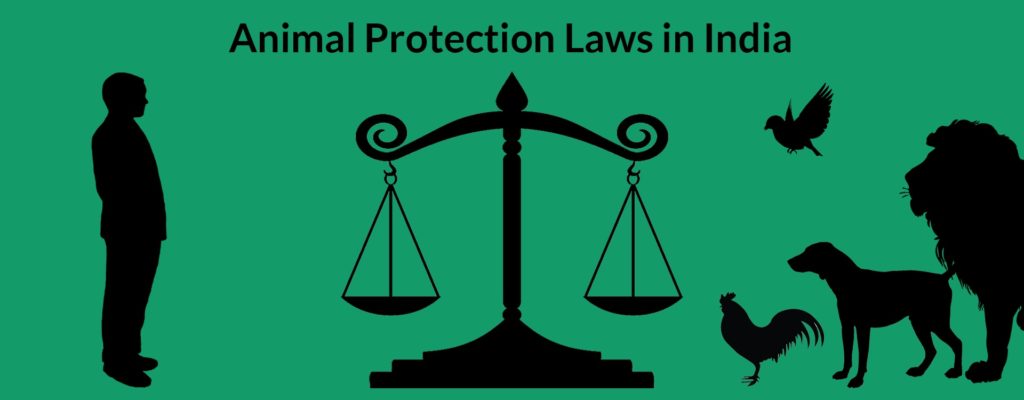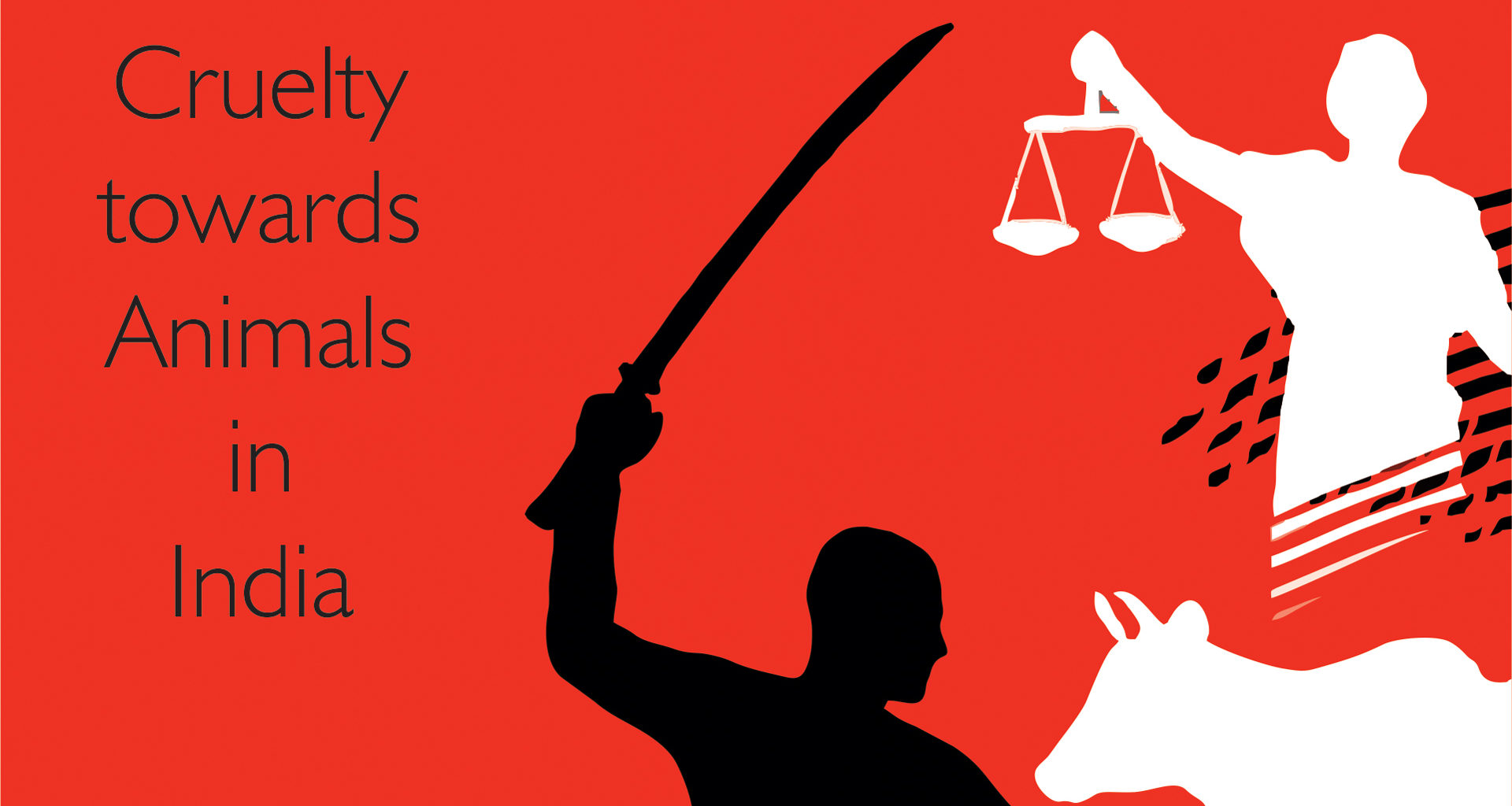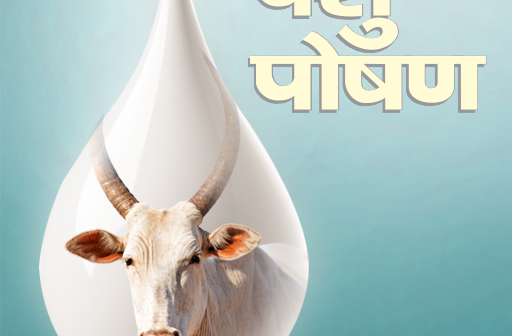Much cruelty is suffered by all kinds of animals in all corners of the world. World Animal Protection, a global organization, created the Animal Protection Index (API) in which a total of 50 countries receive votes based on their animal welfare laws and policies. It is the first such index showing the scores of various countries from A (the highest score) to G (the lowest score). The Animal Care Index released in 2020 placed India in the “C” score range along with Spain, France, Germany and Poland. While countries like UK, Austria, Switzerland, Netherlands, Sweden and Denmark have found a place in the “B” range. Iran obtained the lowest “G” score and no country was placed in the “A” range. Legal rental arrangements are behind the growing number of animal abuse incidents in the country.
The Prevention of Cruelty to Animal Act, 1960:
The Animal Cruelty Prevention Act 1960 is one of the most comprehensive animal welfare laws in India. This is a law passed by Parliament on December 26, 1960 in order to prevent cruelty to animals.
The main purpose of the law is:
- The law prevents unnecessary pain or suffering on animals.
- The law establishes the provisions for the establishment of the Indian Council for Animal Welfare, its powers, functions, constitution and term of office of the members of the Council.
- The law establishes guidelines for animal experiments for scientific purposes and authorizes a committee to establish rules on such experiments.
- The law restricts the exhibition and training of show animals. The terms “performance” and “train” are defined separately in section 21 of the Act.
Types of cruelty and their punishment
The PCA Act, 1960 provisions empower regulation enforcement agencies, animal welfare workers, and residents who take care of animals to do so towards the culprits. As a long way as animal welfare legal guidelines are concerned, all acts of cruelty are blanketed below Section eleven of the Act. Section eleven of the PCA Act, 1960 offers with diverse styles of cruelties and atrocities perpetrated on both, domesticated and wild animals. This phase has sixteen sub-sections managing the unique styles of cruelty, below which someone is chargeable for a excellent of ten rupees, which can also additionally make bigger to fifty rupees. Whereas, with inside the next offence, i.e. the offence devoted inside 3 years of the preceding offence, will be punishable with 3 months imprisonment and a minimal excellent of 25 rupees which can also additionally make bigger as much as 100 rupees.
The classes of offences under Section 11 are as follows:
SECTION 11(1) (a): Causing pain, suffering, or injury to an animal.
Any person treating an animal which results in unnecessary pain, suffering, and injury to that animal. It includes acts like beating, kicking, overriding, overdriving, overloading, and torturing the animal as an offence.
SECTION 11(1) (c): Administering any injurious drug or substance.
It is illegal to intentionally and unreasonably give any drug or harmful substance to a pet or in captivity. This SECTION also prohibits forcing an animal to take such drugs and substances. For example, the use of oxytocin injections by cheesemakers on cows or buffaloes to increase milk production is illegal unless taken under the proper prescription of a veterinarian.
SECTION 11(1) (d): Carrying or transporting animals in a cruel manner
This SECTION forbids carrying or transporting any animal in such a way as to subject it to pain and suffering. It applies to the transport of animals by vehicles or to cross them on foot. Under the rules mentioned in the PCA Act of 1960, a truck can transport up to six adult cattle and a freight wagon cannot transport more than ten cattle.
SECTION 11 (1) (e): Accommodation of an animal in a place which hinders free movement.
Keeping or confining an animal in an undersized cage or enclosure that does not allow the animal a reasonable opportunity to move around is a criminal offense.
SECTION 11 (1) (f): Restriction of movement of animals by using heavy chains or ropes.
SECTION 11 (1) (g): Usually chaining a pet dog by an owner If a pet or dog owner does not exercise his or her pet dog or is regularly chained or keeps a dog locked up.
SECTION 11 (1) (h): Sufficient food, drink or shelter
SECTION 11 (1) (i): Abandon an animal. If a person abandons an animal, it is a crime for that animal to go hungry or thirsty.
SECTION 11 (1) (j): Allowing a sick / injured animal to walk in the streets.
Suppose a person allows any animal to go free or roam the streets freely while that animal is suffering from a contagious or infectious disease. This SECTION also prohibits a person from abandoning a sick or disabled animal to die in the street.
SECTION 11 (1) (k): The sale of any animal suffering from pain.
SECTION 11 (1) (l): Mutilate or kill any animal
Punishable activities which include the dismemberment or killing of any animal, including stray dogs, using methods such as injections of strychnine or any cruel practice.
SECTION 11 (1) (m): Animal used for entertainment purposes.
It is an offense under this section to use an animal for entertainment purposes only. This SECTION strictly prohibits the confinement of any animal, including tying an animal as bait in a century of tigers or wild animals, to make that animal an object of prey. It is entirely limited to inducing an animal to fight or bait any other animal simply for the purpose of entertainment.
SECTION 11 (1) (n): Organization or management of a place to conduct animal fights.
SECTION 11 (1) (o): Promotion or participation in a shooting competition.
The Prevention of Cruelty to Animals Act, 1960
With the passage of the PCA law, India was one of the first countries to enact a comprehensive law against cruelty to animals. The law defines the term “animals” as all animal species (except humans). It is well defined in the law, but roughly speaking it means the imposition of unnecessary pain and suffering. This law provides for the formation of a committee to deal with the various aspects of animal experiments, i. H. the implementation of animal experiments is monitored and controlled so that animals can be protected from avoidable pain.
The Wildlife Protection Act, 1972
The Wildlife Protection Act, 1972 is a mark in the history of wildlife protection in India. This law came into force on September 9, 1972 and is made up of 60 sections and VI tabs divided into eight chapters. The term “fauna” is defined in article 2 (37) as “any animal, aquatic or terrestrial vegetation which forms part of any habitat”. The law was implemented to ensure the protection of Indian wildlife (both territorial and aquatic) and their habitats. Pursuant to Section 62 of the Act, states may submit a list of wildlife to the Center requesting that they be declared pests for selective slaughter. This law authorizes the central government to declare any wild animal (other than those specified in Schedule I and Part 11 of Schedule H) to be a pest for any area for a specified period. Although the law guarantees the protection of wild animals, unfortunately animals do not benefit from specific protections under the law.
Animal Welfare Bill, 2011
On August 11, 2010, the Minister of Environment and Forests assured the Lok Sabha to enact a bill called the “Animal Welfare Act” in order to toughen up the penalties for cruelty to animals in India. Therefore, the Animal Welfare Board of India introduced a bill entitled “Animal Welfare Act, 2011” to repeal the 1960 Animal Cruelty Prevention Act. There is a prison sentence of up to two years and a fine of up to twenty-five thousand rupees. In the event of a repeat offense, the penalty is imprisonment of up to three years and a fine of up to one lakh of rupees. This bill has not yet been approved by Parliament. In 2016, the AWBI drafted a new draft, i. The Prevention of Cruelty to Animals (Amendment) Bill, 2016, in view of the recent increase in animal abuse cases and the few penalties imposed. Under the PCA Act, 1960. AWB and several NGOs have asked the Ministry of Environment, Forests and Climate Change to consider this bill in Parliament. However, the bill has not yet been approved.
How to file a complaint?
It is the responsibility of every citizen to protect the rights of animals. Anyone who has witnessed animal cruelty can report the incident to a local police station or the Society for the Prevention of Cruelty to Animals (SPCA) and ask for their help in enforcing the law to punish the victim.
If the police don’t respond, a complainant can contact a nearby NGO such as People for the Ethical Treatment of Animals (PETA) and help them take a stand against animal cruelty.
Cruelty reports can be reported directly to:
- Local police station.
- SPCA (Society for the Prevention of Cruelty to Animals).
- Senior government officials from the state or district animal welfare agency.
- Area MLA
A person can file an FIR against the offender and provide the police with a brief written statement and photograph of the situation (if available).An offender can be charged under Articles 428 and 429 of the IPC, both of which are considered recognizable and bondable offenses. Article 428: Anyone who commits harm by killing, poisoning, mutilating or rendering useless an animal worth ten rupees or more shall be punished with imprisonment of up to two years with the fine, or both. Article 429: Anyone who commits damage by killing, poisoning, mutilating or rendering useless an animal worth fifty rupees or more is punished with imprisonment of up to five years, or a fine, or both.
The two provisions above defined in Chapter XVII of the IPC only apply to animals with a monetary value (whether greater than ten or fifty rupees as mentioned in Articles 428 and 429). These provisions are unlikely to attract a crime against stray animals as they are not pets and have no cash value. Therefore, in the case of cruelty to a stray animal, it is very difficult to apply these provisions as this animal is not purchased from a pet store and therefore has no monetary value and cannot be classified as the property of anyone.
Conclusion
The Prevention of Cruelty to Animals Act has now no longer been revised considering 1960. The culprits can without difficulty break out with killing, maiming, beating a stray animal for a satisfactory of simply fifty rupees. In nearly all modern countries, there are legal guidelines to store the animals from the infliction of needless ache and suffering, or in different words, to save you guy from behaving cruelly to animals.
The Animal Cruelty Prevention Act 1960 is archaic and does not protect animals because the current penalties are too weak to deter people from abusing animals. Animals used in scientific research are exempt from considerations of cruelty. Raising farm animals, such as the rapidly developing urban unregulated dairy systems with poor welfare standards. Currently India needs tougher animal welfare laws to prevent cruelty, as a paltry maximum fine of just fifty or one hundred rupees was enshrined in law over half a century ago and has been enacted. Desperately in need of improvement at the present time. Therefore, the government must strengthen Indian animal welfare laws and ensure that people who abuse animals receive long term imprisonment, large fines and psychological counselling, and are prohibited from having contact with animals.













